I meant to mention that when we started our New Zealand tour, our guide Catherine gave us some fruit that grows in her garden. It’s called feijoas. The fruit is sweet and tart and is similar to the guava family, but I tasted pineapple in it. It was juicy and quite good.
Also, I spoke with Catherine about the Maori face tattooing and she said they really only do ink tattoos these days and do not do the face cutting anymore. First, it is a barbaric practice and second, the people who were doing it are no longer around to teach the practice. In Australia, the Aborigines still do it, but it is restricted to Arnhem Land.
By the way, all is fine with our hotel room. They fixed the heat and the temp is perfect. Also, the weather has been amazing. We’ve had sunny days and beautiful autumn temps. It’s been a perfect time of year to be here.
One of my favorite opera singers is Kiri Te Kanawa who was born in New Zealand to a Māori butcher. The butcher was already married, so Kiri was given up for adoption to a Ngati Maniapoto family. She was trained in operatic singing by a nun and went on to earn international acclaim.
This morning we started our day visiting the Waimangu Volcanic Rift Valley, the world’s youngest geothermal system. This hydrothermal system was created on June 10, 1886 by the volcanic eruption of Mount Tarawera. 7 small villages were lost and 105 lives were lost. All plant, bird and animal life were lost as well.
The eruption affected Lake Roromahana and the area is now a major tourist attraction. It contains Frying Pan Lake which is the largest hot spring in the world and Inferno Crater Lake, the largest geyser-like feature in the world although you can’t see the geyser since it is at the bottom if the lake.
After the volcanic eruption, when everything was wiped out, the now native forest is the only New Zealand example of a re-establishing of vegetation without any human planting. It truly is remarkable.
We hiked all through the area, sometimes walking on the edge of the crater. The foliage was magnificent and so amazing to know that Mother Nature did this all on her own without the help of humans planting the seeds.
After our hike we boarded a boat and cruised Lake Rotomahana (warm lake). This was once a very small lake but after the 1886 eruption of Mt. Tarawera, it became 20 times its original size, combining with Lake Rotomakariri (cold lake), thus becoming the regions deepest lake.
There were Pink and White Terraces that were natural formations once labeled the 8th Wonder of the World. People travelled from afar to New Zealand to see these amazing terraces that we now can only see in photos since they are below Lake Rotomahana.
We cruised past the steaming cliffs where the hot springs are evident in the mountainside and we stayed in one area for a few minutes to witness a geyser spewing hot water and steam. The boat tour times it so we were able to be right in front of the geyser when it let go. It was pretty spectacular.
We had lunch and then some of us took a bus to visit the Hobbiton Movie set.
Peter Jackson had looked for a perfect location for the Lord of the Rings films, and he found it during a helicopter flight as he searched the countryside in New Zealand for the ideal spot. He saw it when he flew over Alexander Farm, a 1,250 acre sheep farm.
As the story goes, Jackson approached Mr Alexander with a knock on his door, but Mr. Alexander was watching a rugby game and wasn’t pleased with the interruption. Fortunately, it was just about half time, so the two men sat down and worked out the how-tos and wherewithals and a deal was made to use the farm for the filming. Mr Alexander had never read the novels, but I’m sure with the way the novels are timeless and Hobbiton is so popular, he is very happy he stopped viewing the rugby game to make the deal with Jackson.
After suitable negotiations, work commenced in transforming part of the farm into sets for Hobbiton and the other parts of Tolkien’s Shire. Heavy equipment was moved in by the New Zealand Army and 37 hobbit holes with gardens etc were created.
It was a huge undertaking. Generators were installed, sewage had to be dealt with, and feeding of over 400 cast and crew had to be undertaken. They even took all the apples off a huge apple tree on the farm and replaced it with fake plums so that the film was true to the story…since a plum tree was in the writings. Also, during filming, the man-made pond became the home of some bull frogs and at times, the actors couldn’t hear each other because the frogs were so loud. The frogs had to be collected and relocated to another pond on the farm.
The original set wasn’t built to last, but in 2010, the set was reconstructed to a permanent basis for the filming of The Hobbit: An Unexpected Journey, and Ian McKellen came back as Gandalf and was joined on location by Martin Freeman.
There are now 44 hobbit holes on view although it is only possible to enter a few of them, all of which have small, unfinished, earth-walled interiors. The homes are built to one of three different scales. In addition to the smallest ones built to the correct size (hobbits are smaller than humans), some are built to a larger scale to make the hobbit actors appear smaller, and some have been constructed in a “dwarf” scale for scenes containing dwarves. Apart from a few exceptions, the color of the front door indicates the scale, for example hobbit holes with a blue door are built to the correct human size.
It was so wonderful to walk around where the filming took place and listen as our guide told us all the little intricacies of the Shire.
After the tour we stopped into the Green Dragon and had a beer. It was a magical afternoon.
We had a delicious dinner and then it was off to bed since we have a big travel day tomorrow to Auckland.
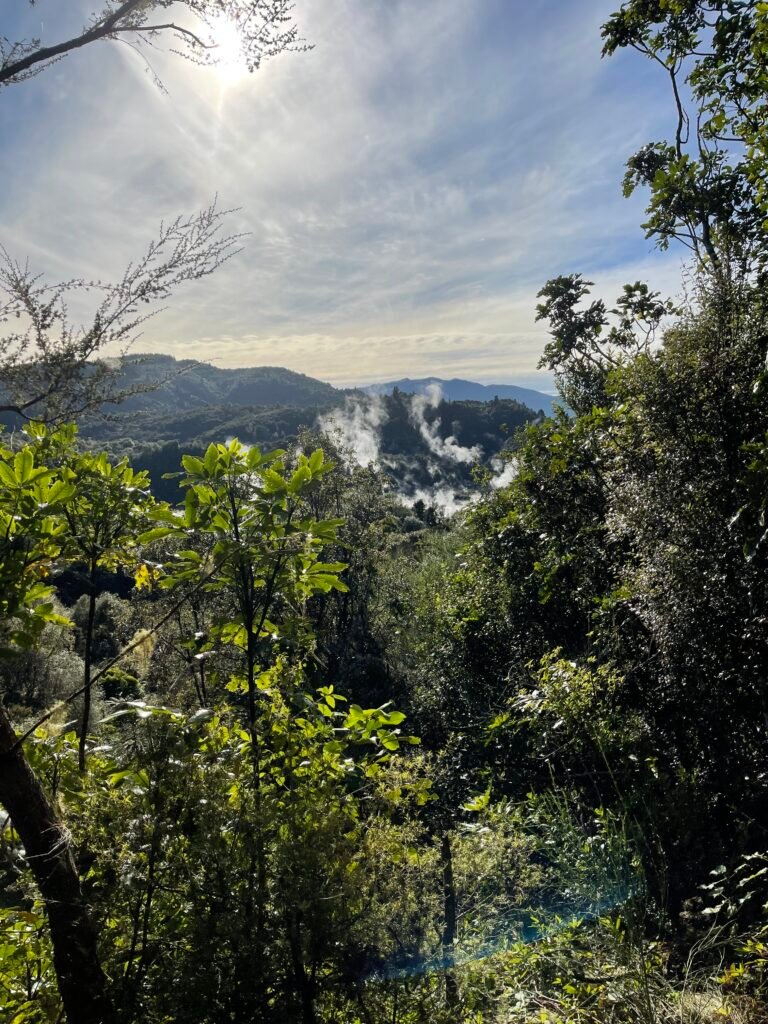
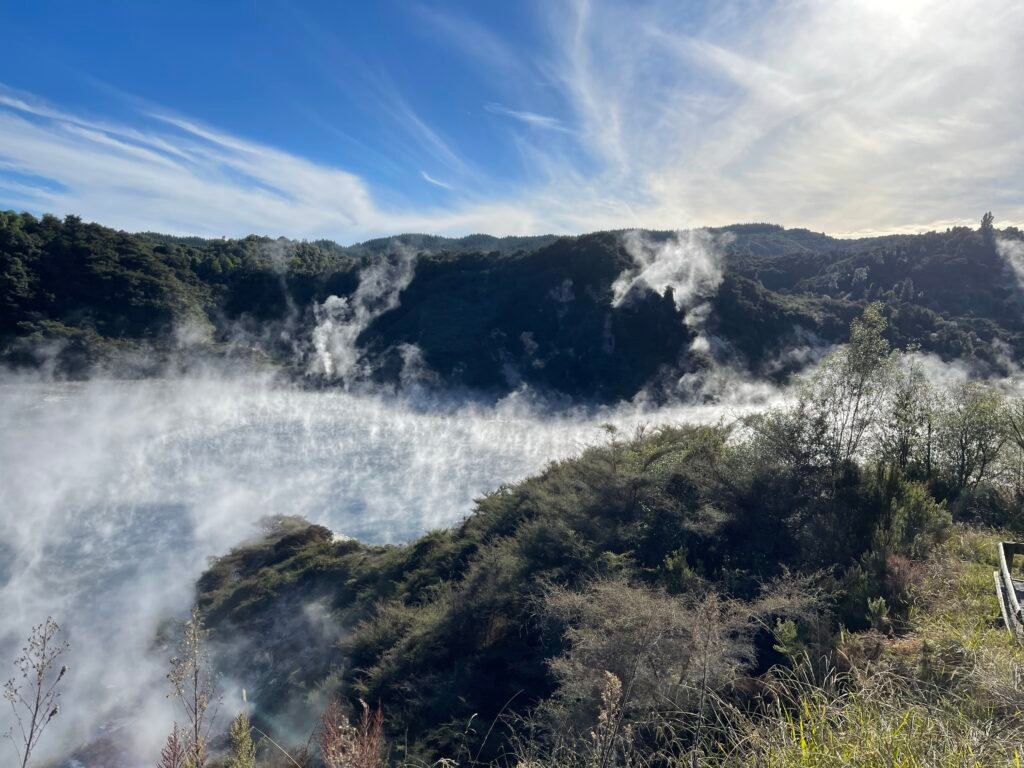

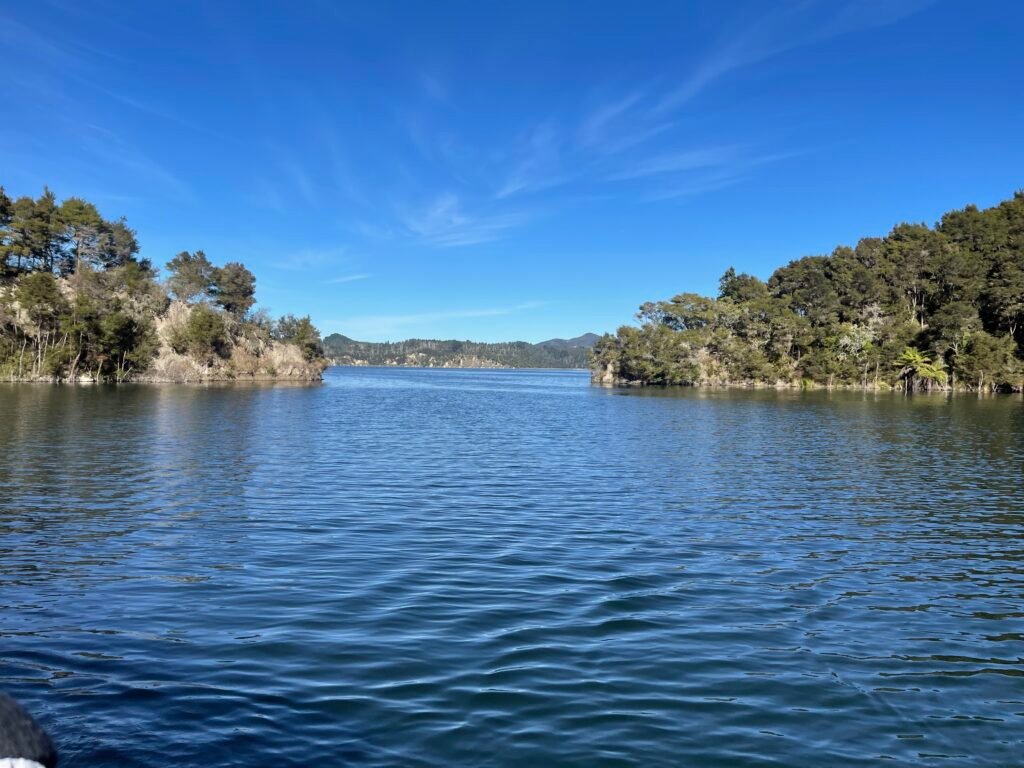


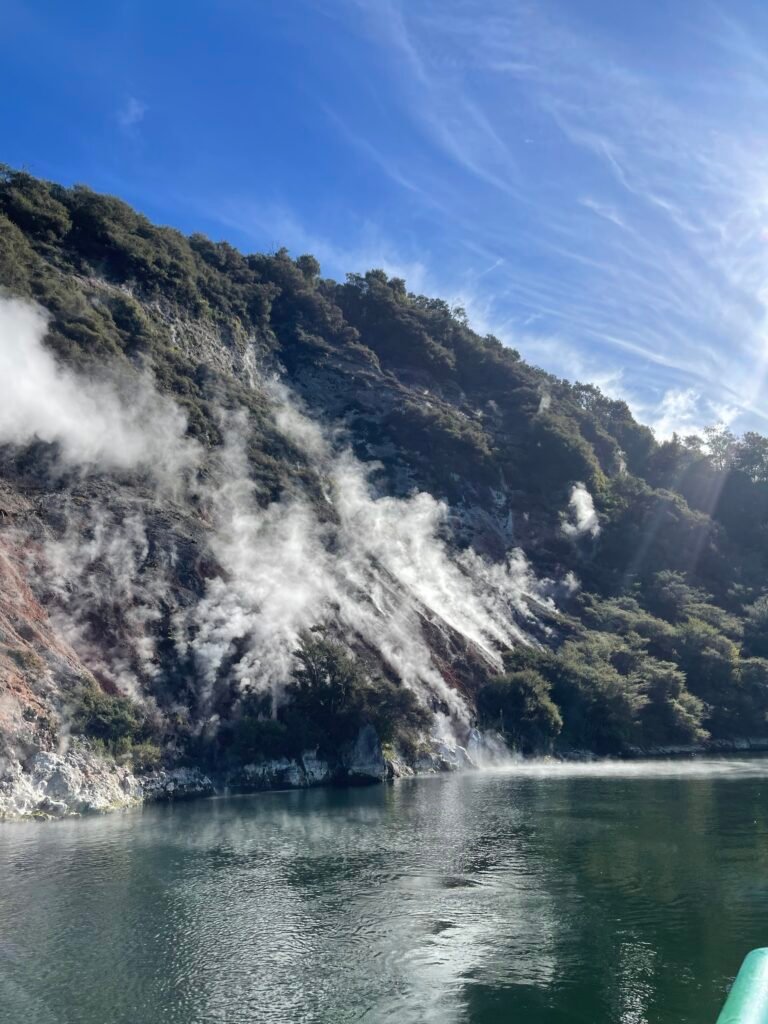
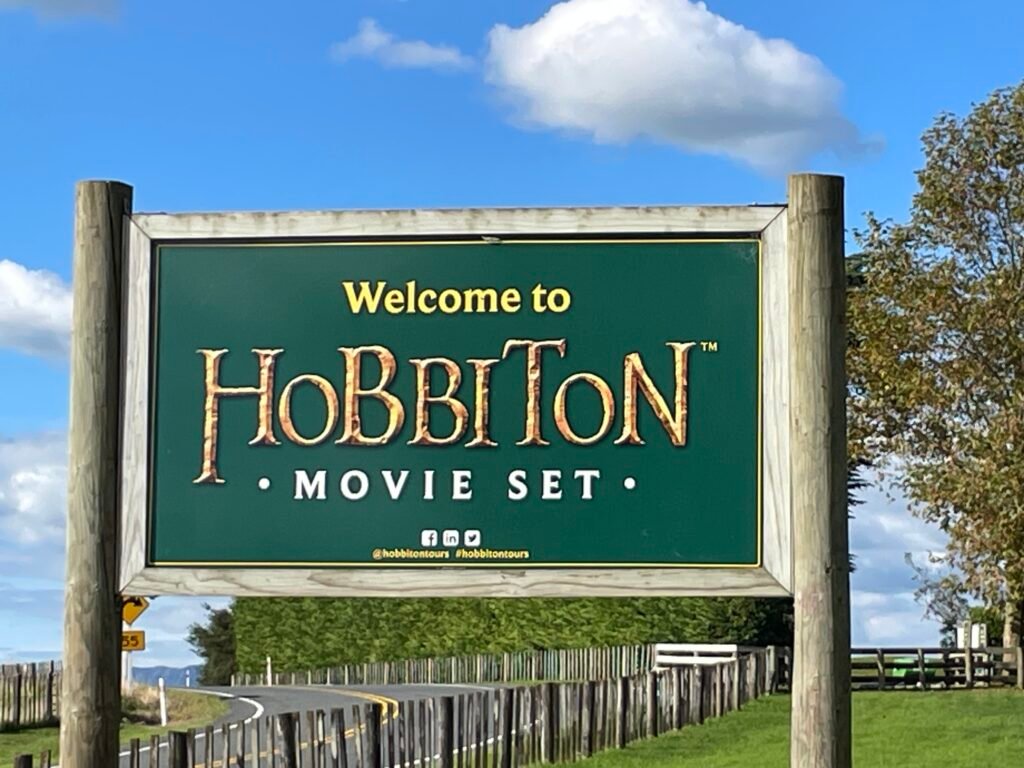
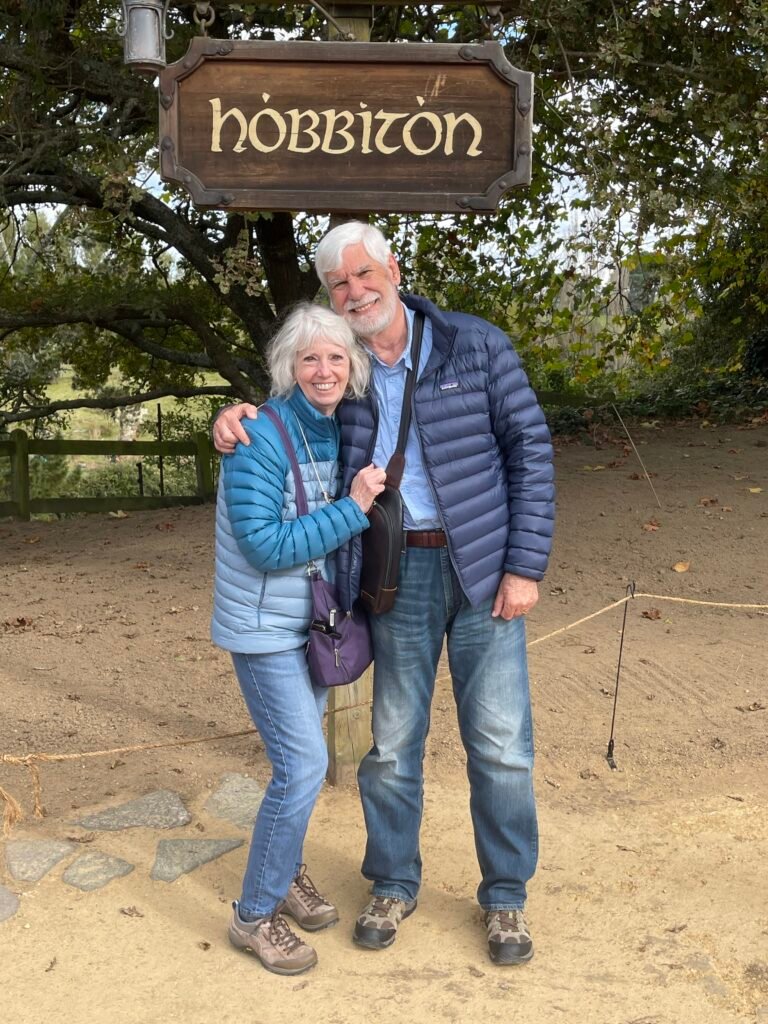
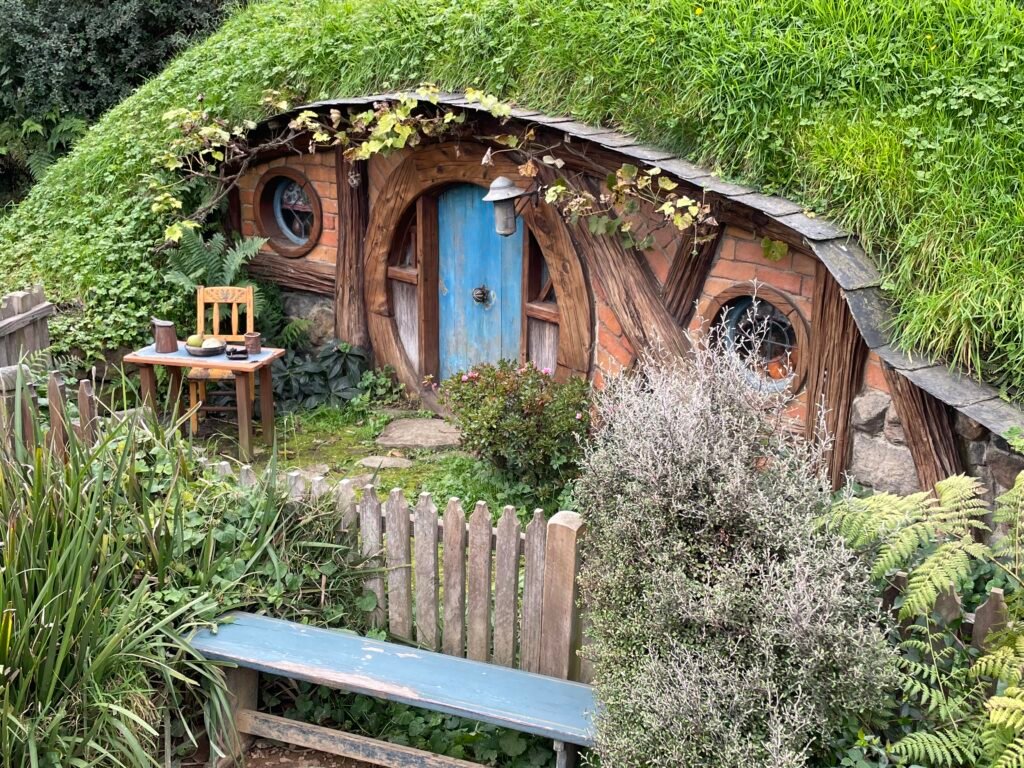
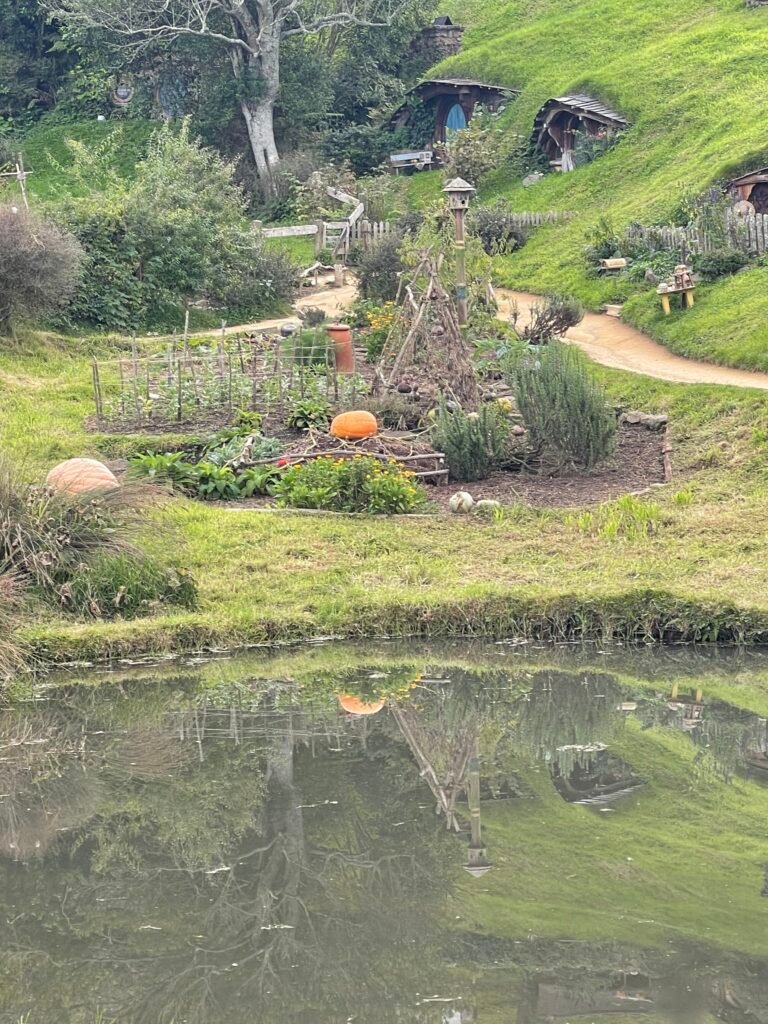
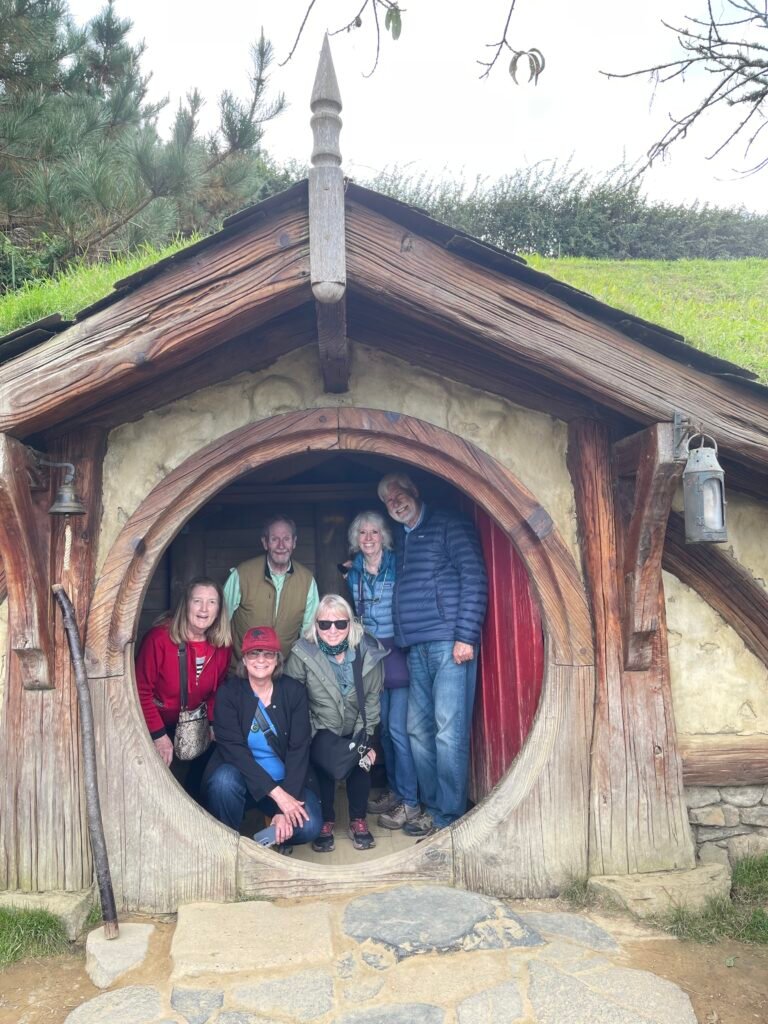
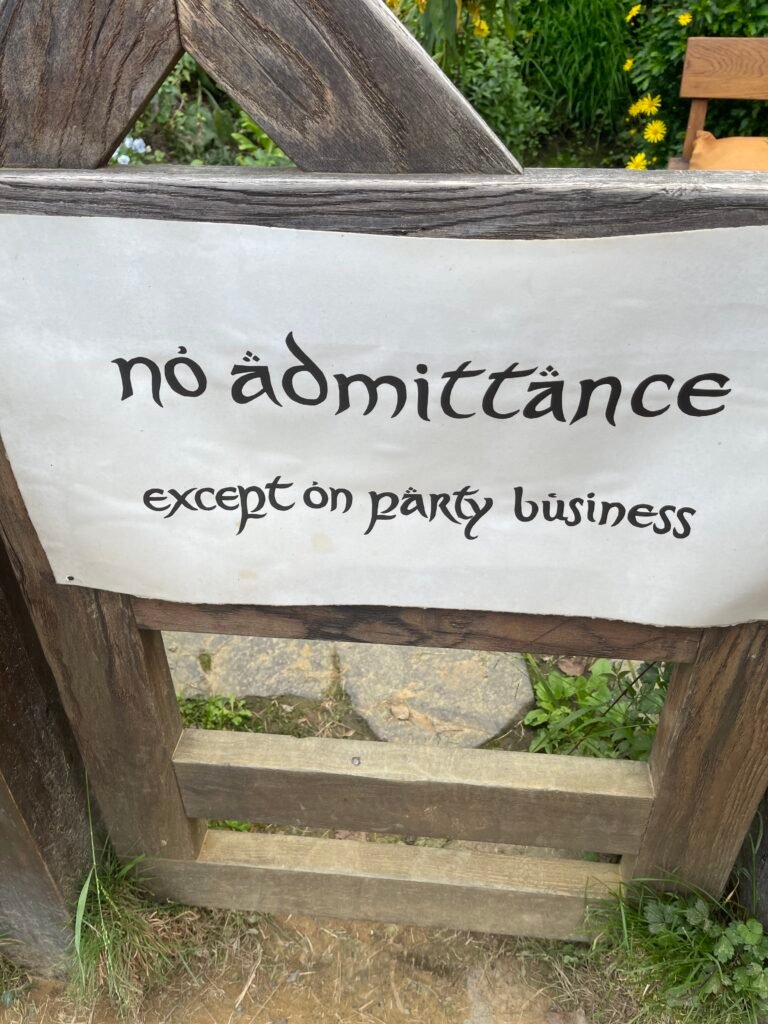
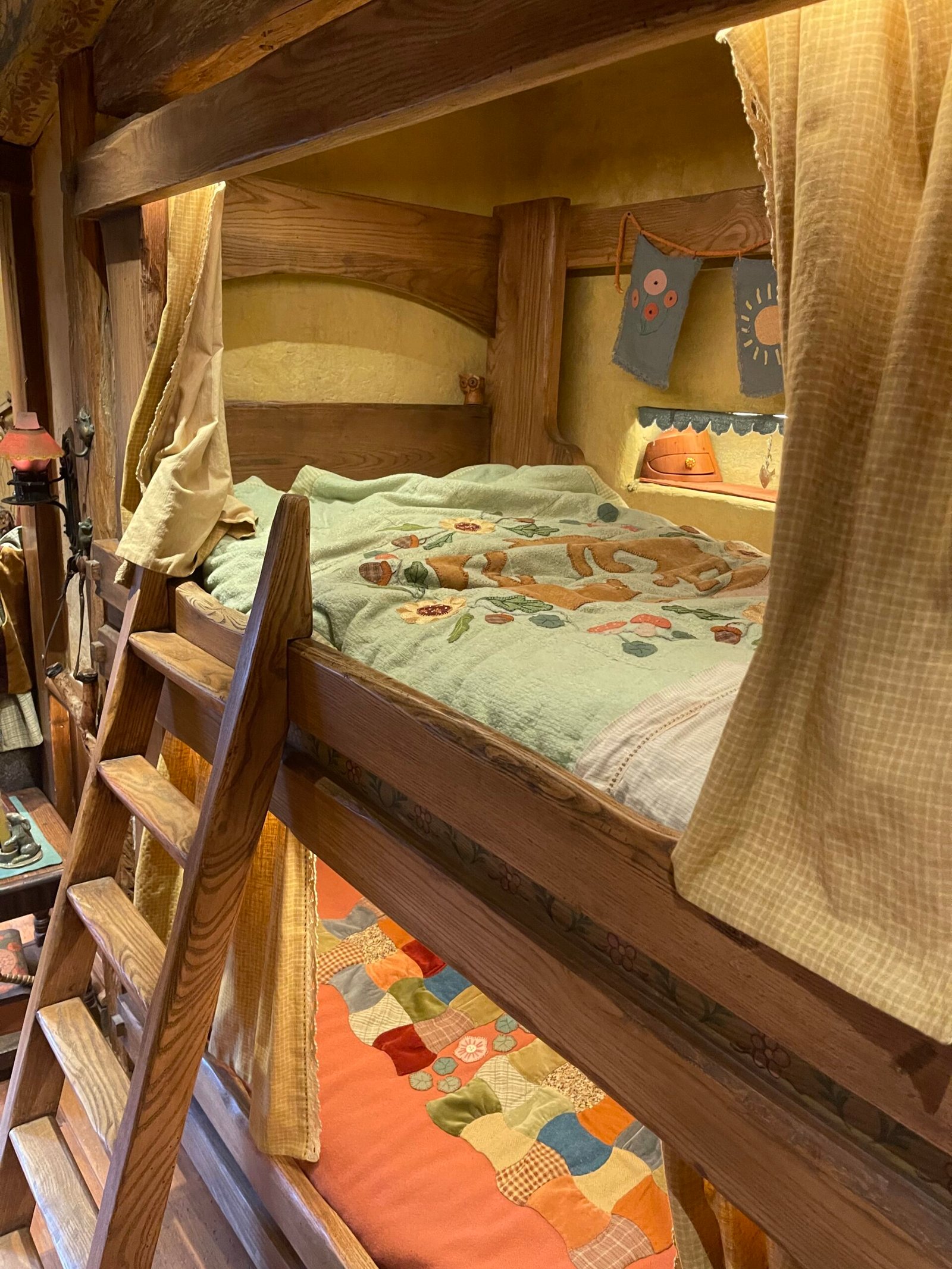
The Hobbit house was so much fun to go through. More pics below.
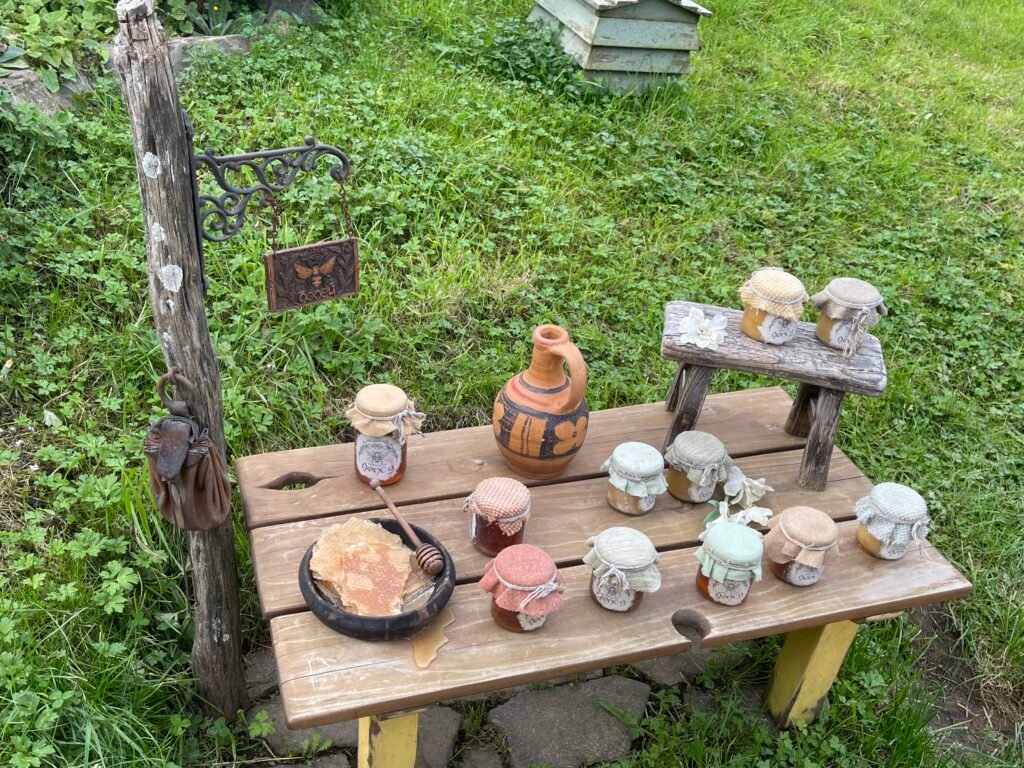
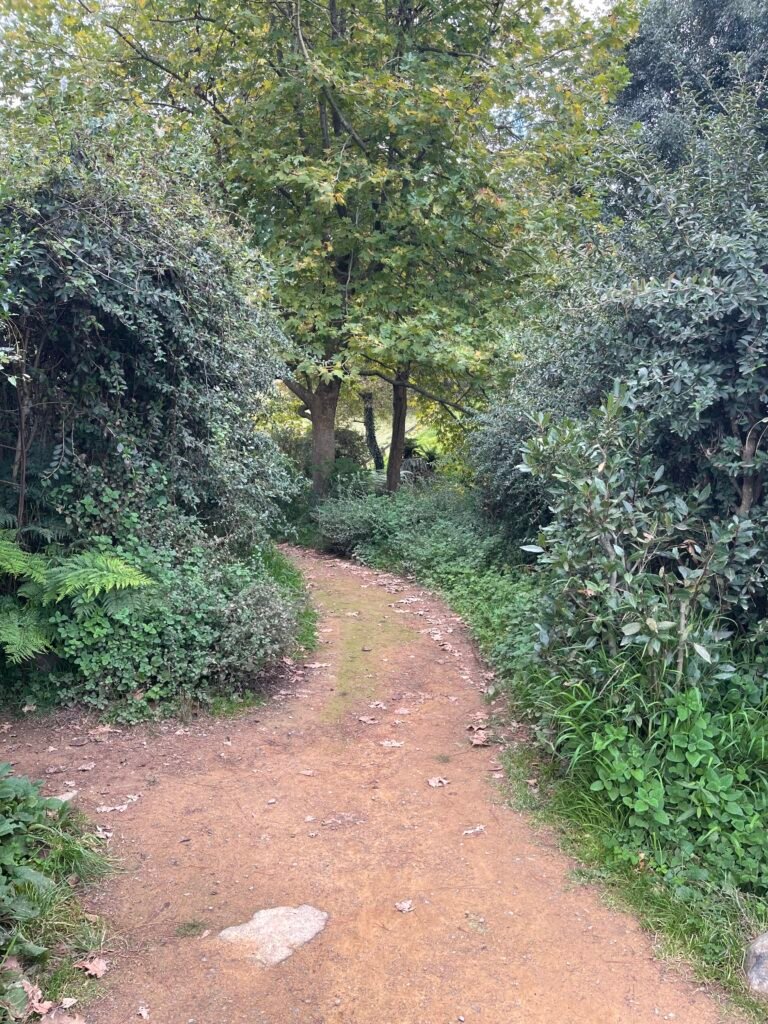
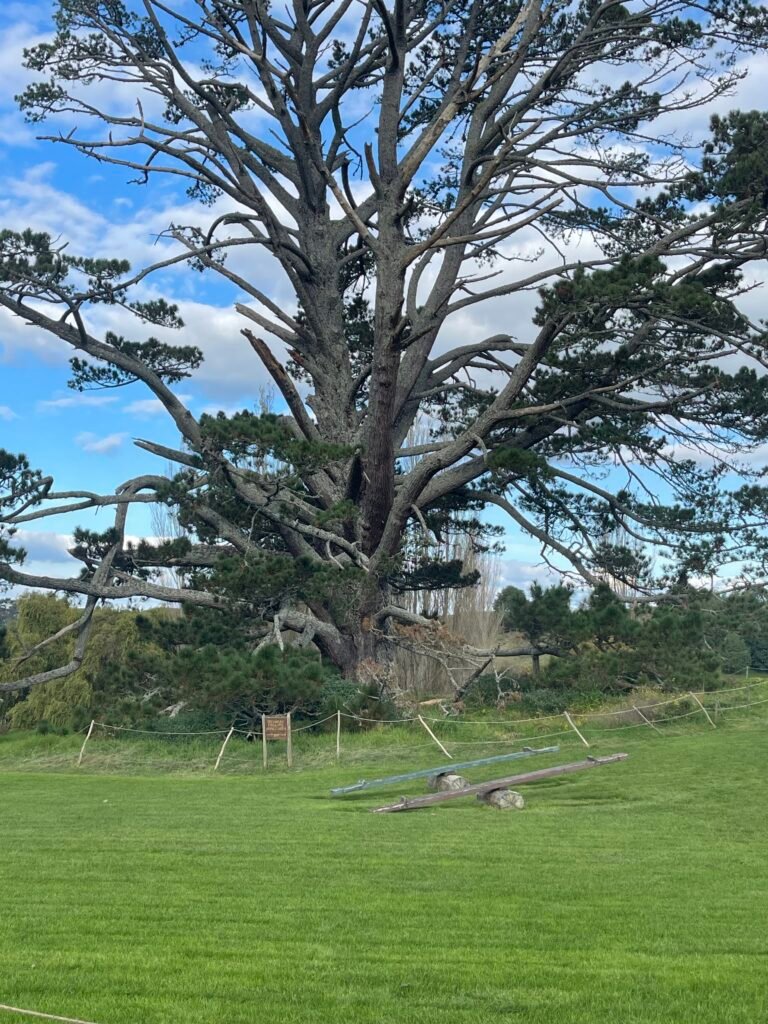
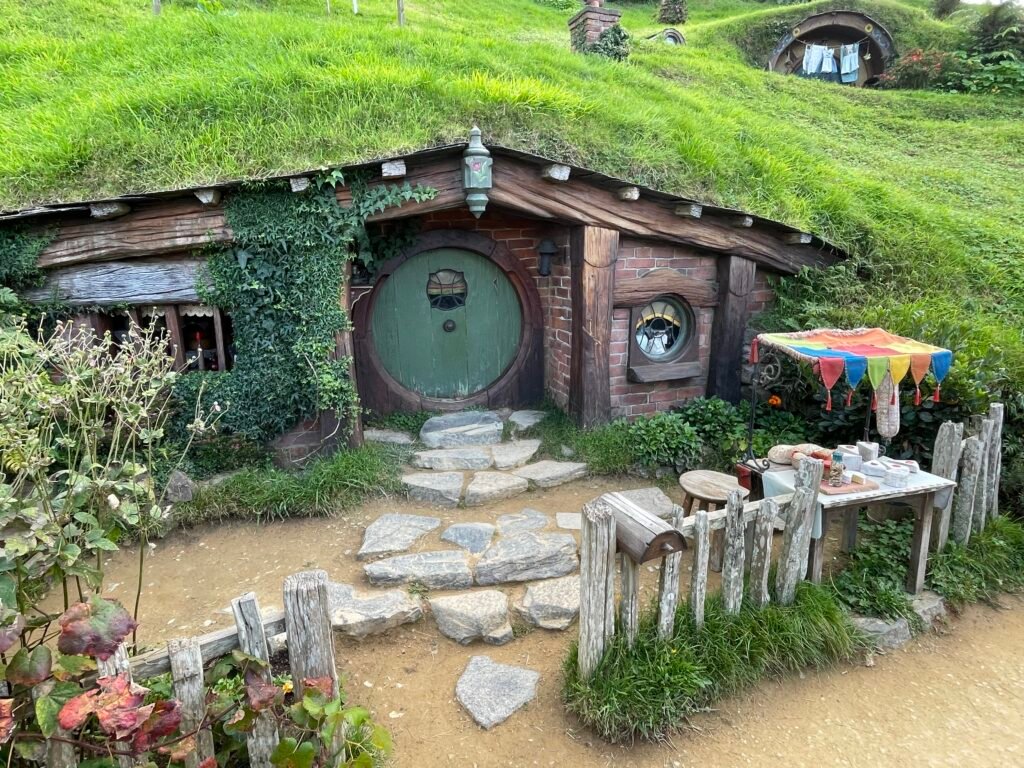
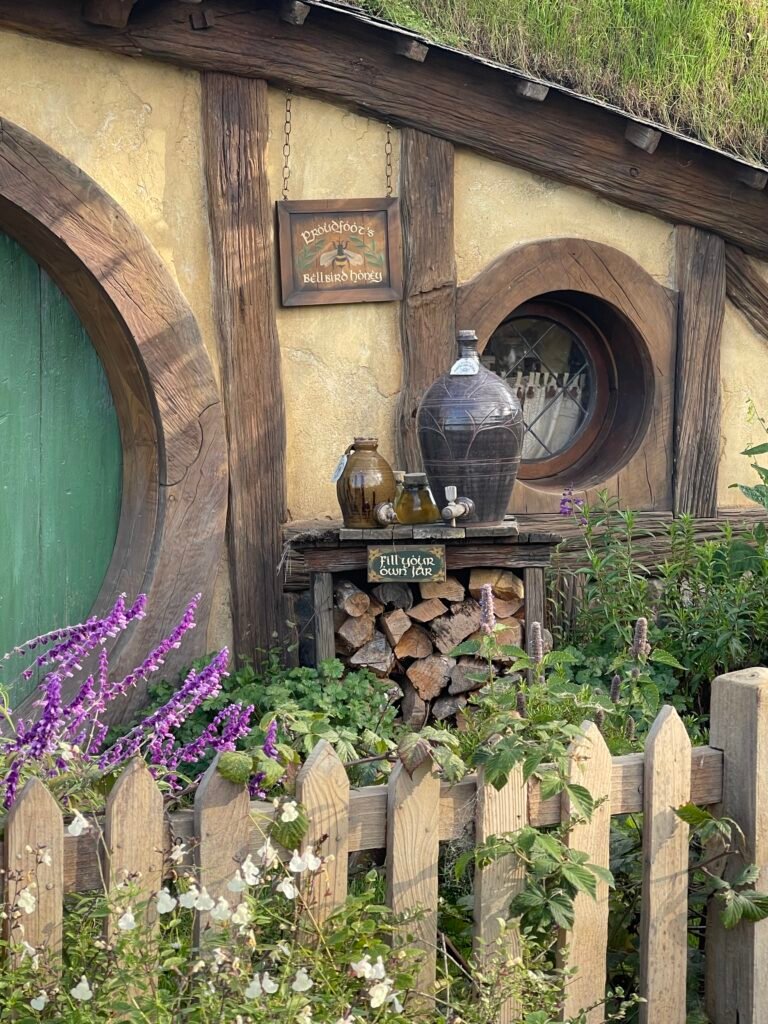


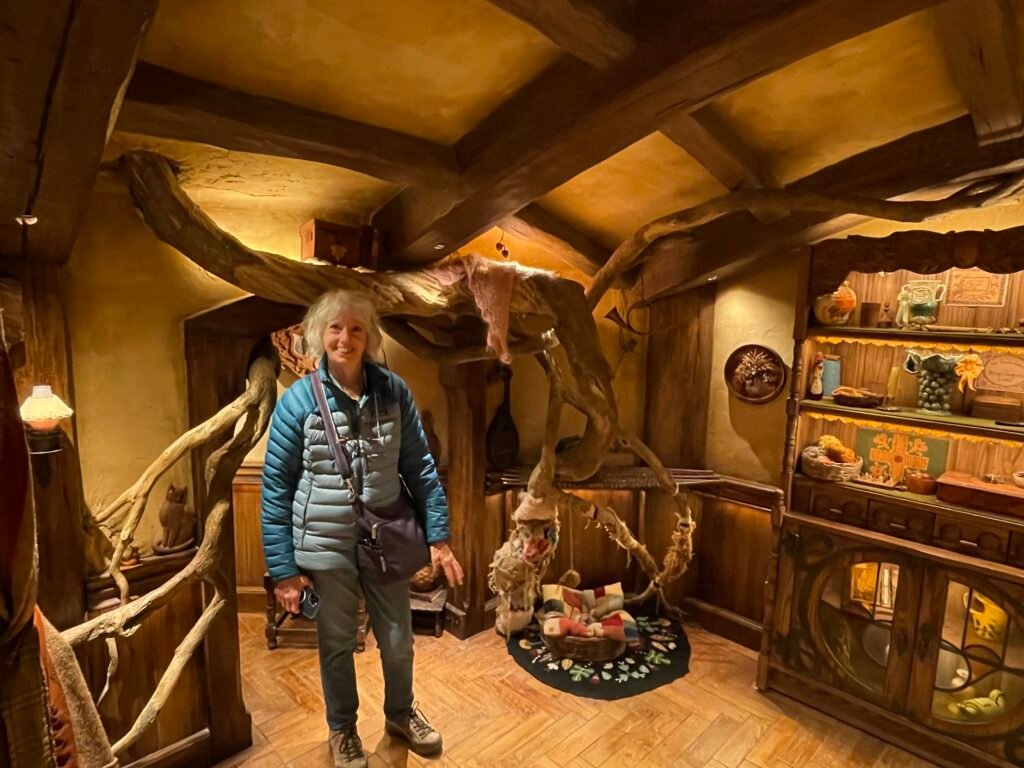
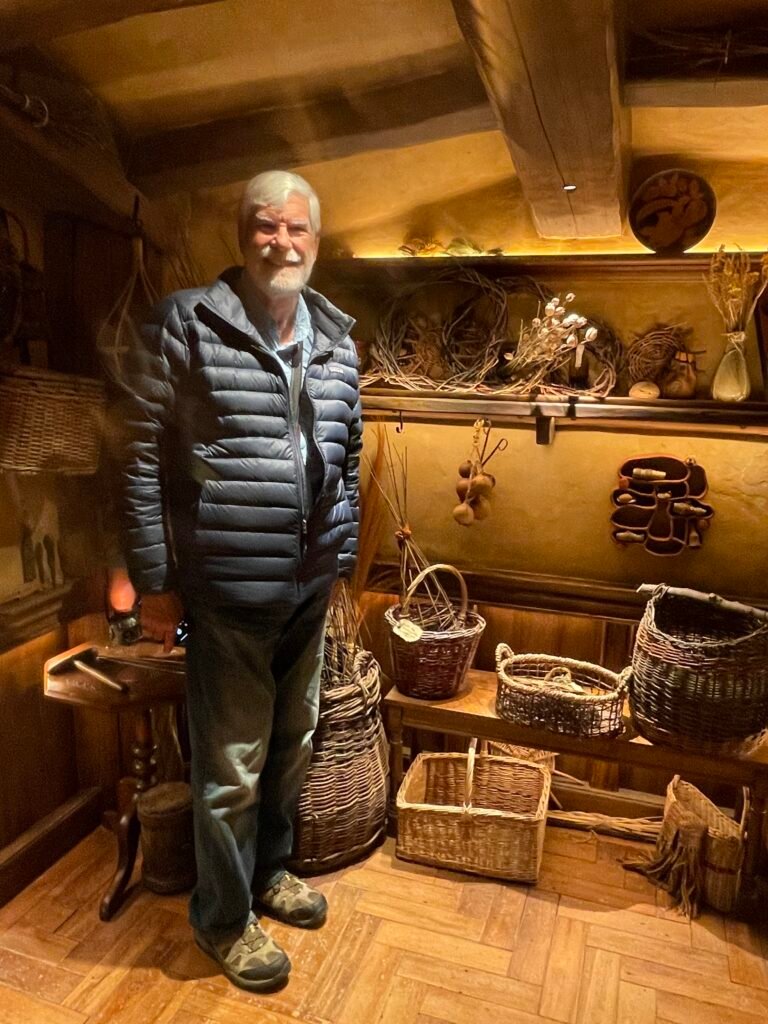
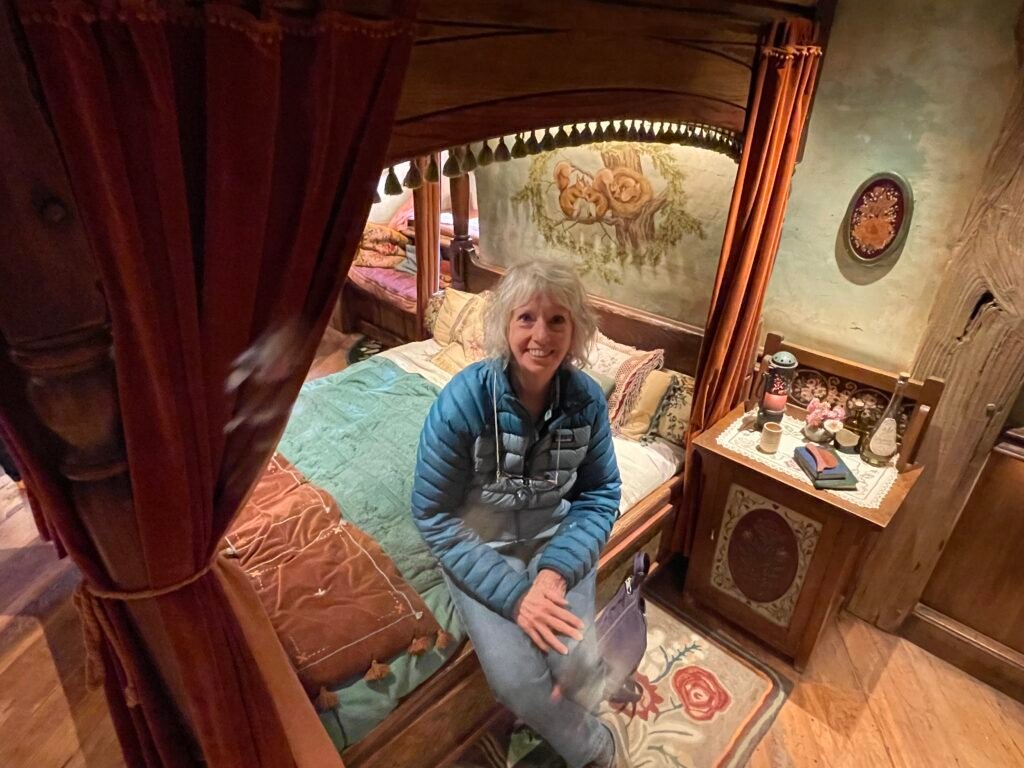

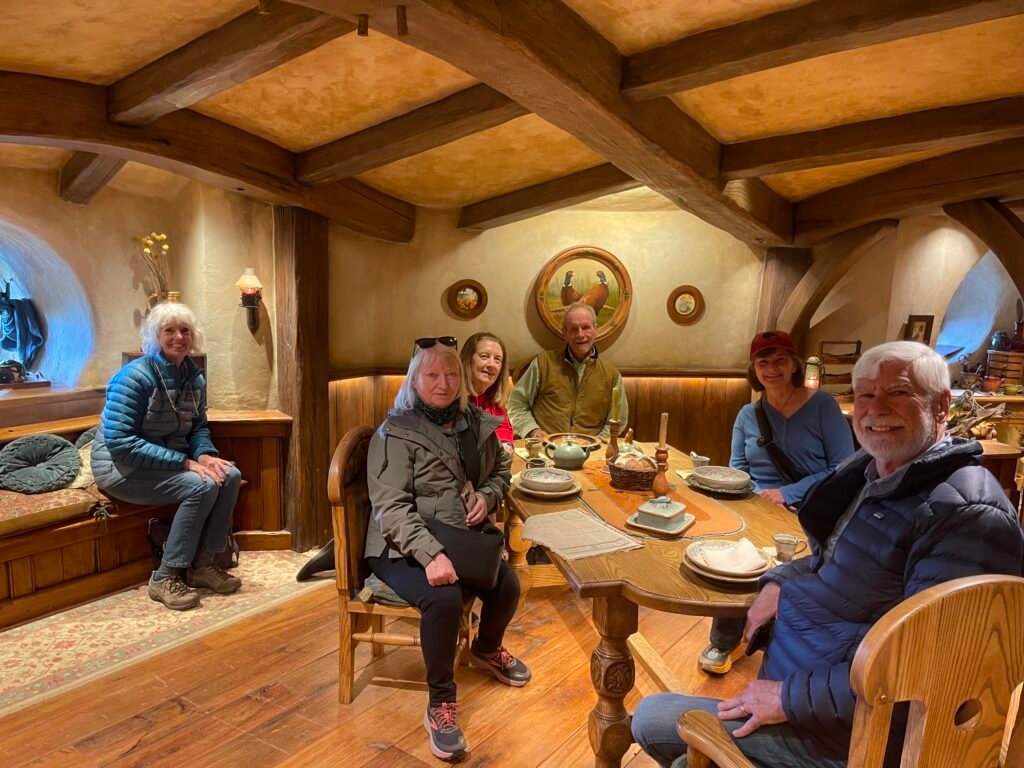
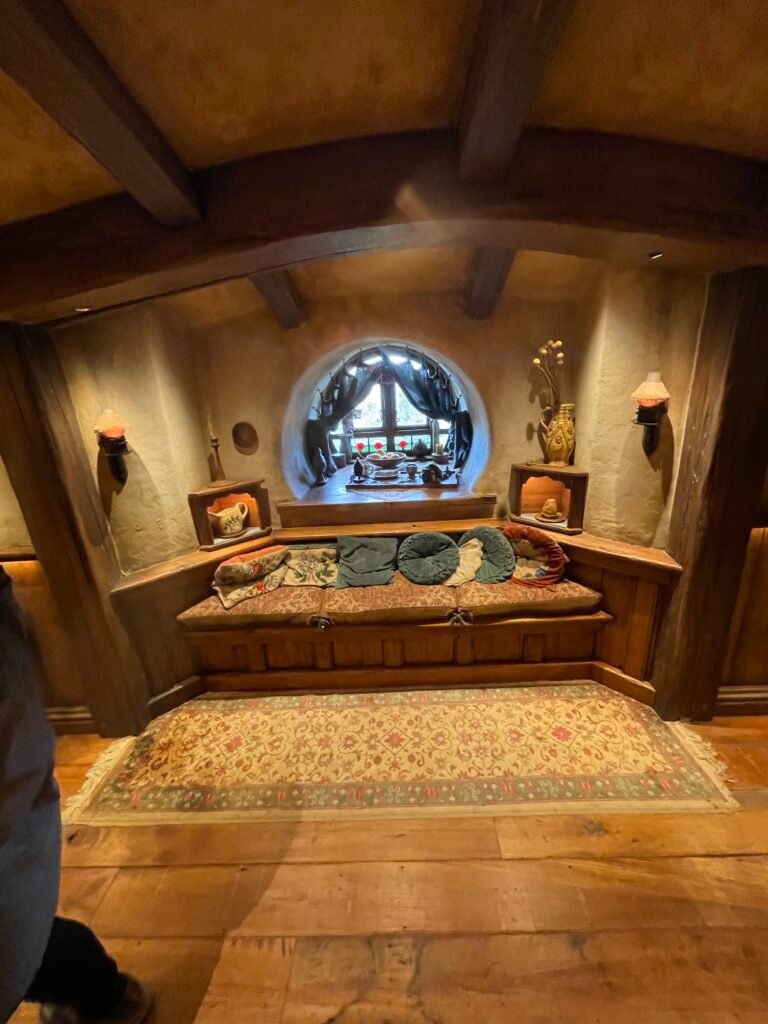
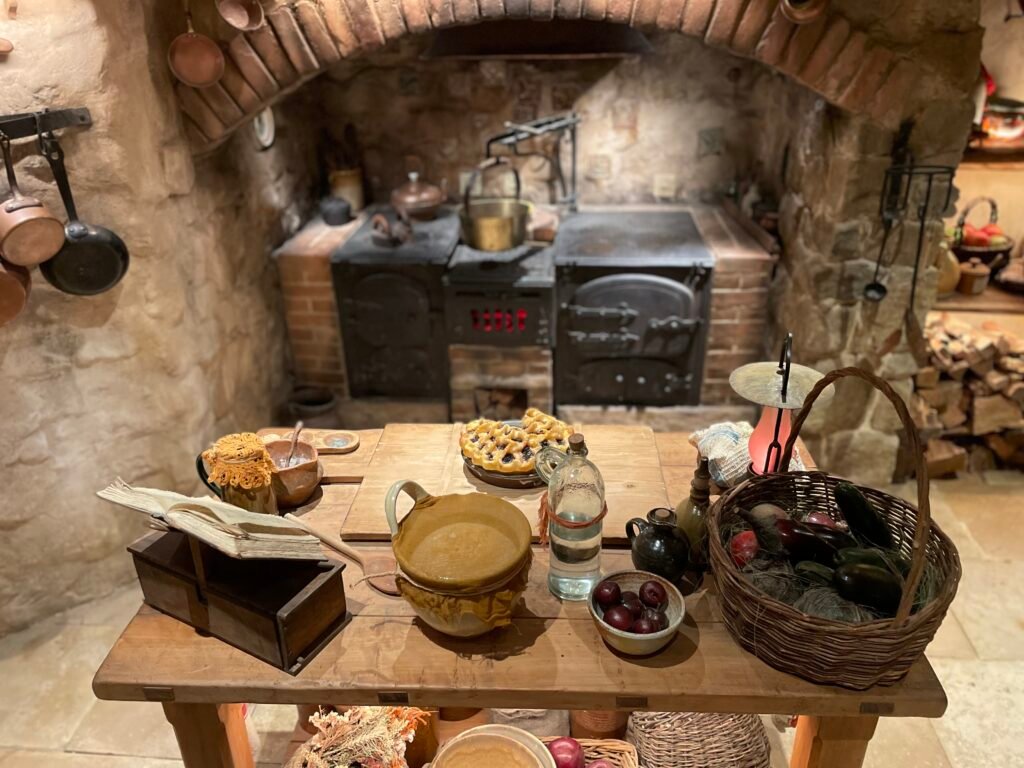
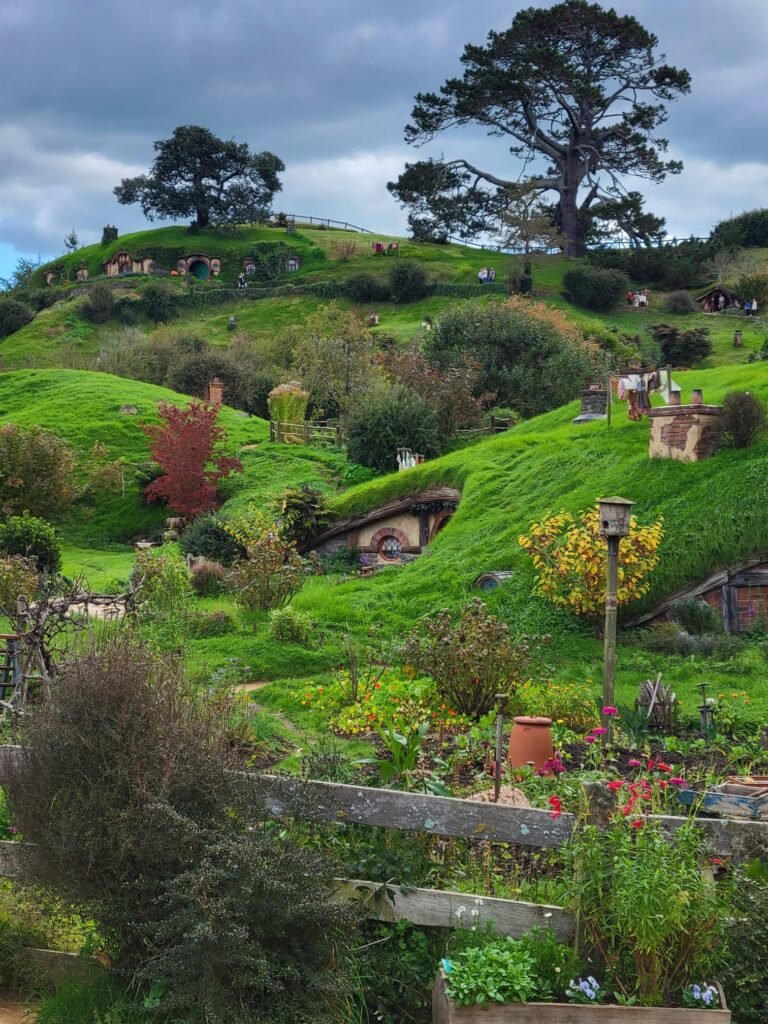
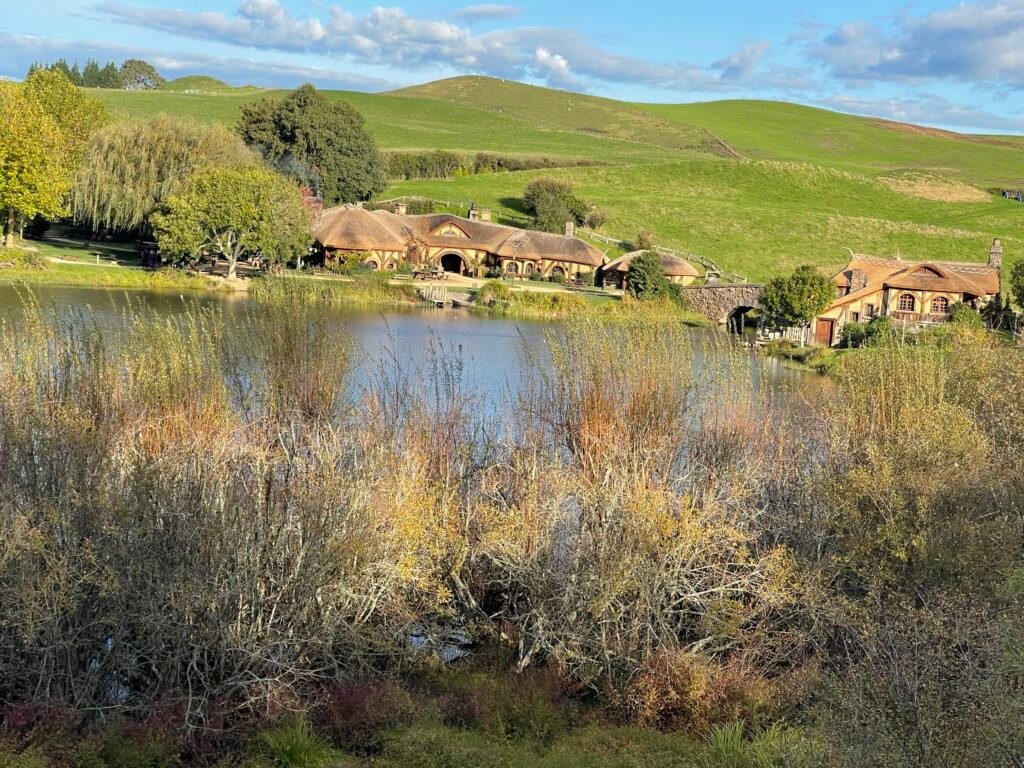
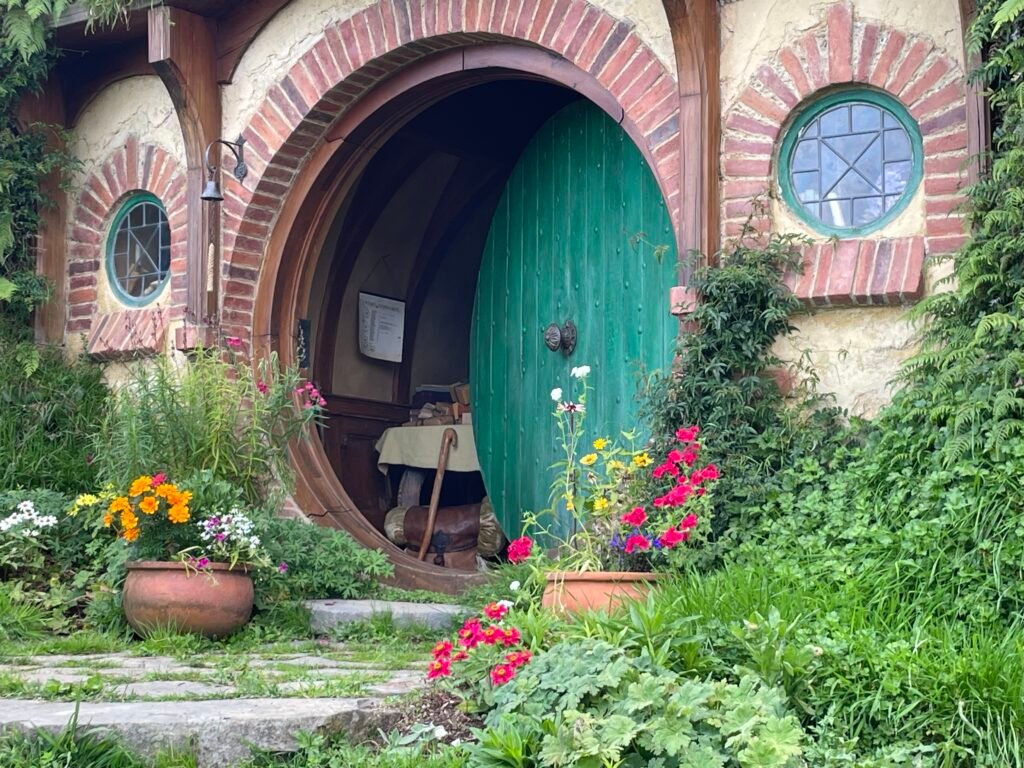
Peter Jackson said about the set… “It seems as if you could open the circular green door of Bag End and find Bilbo Baggins inside”.
